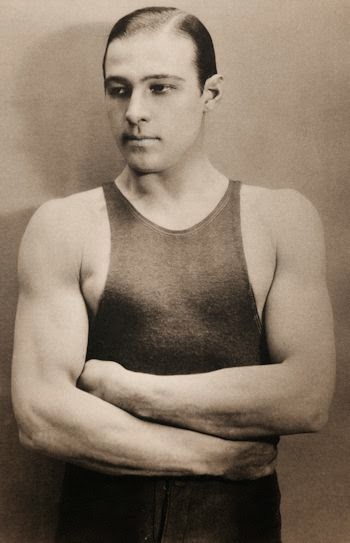Goodbye Shirley Temple
She endured as a symbol of hope, spunk and cheerfulness
throughout her long life. Forever
identified as the little girl with the mop of curls and ringlets, a set of
dimples and a smile that brightened the darkest days of the depression. Today film fans across the globe mourn the
death of Shirley Temple.
To those who did not grow up during the depression when life
was pretty dark and stark or watching reruns of her films as I did may not
understand her appeal. You cannot deny,
however, her spark, her talent in films that were crafted to highlight those
talents and the universal appeal of a little girl that inspired a nation to
stick out their chins, hold their heads up high and keep on keeping on. It was as simple as paying five or ten cents
if you could scrape it up and she would make you forget your troubles, adult or
child for the length of a film. sometimes that was enough to get you through another day.
She was not an instant success, she worked hard when she was
too young to really understand the films she was making, the “Baby Burlesques”
just beyond being a toddler, the talent was unmistakably there. Fox Films signed her up and after she
strutted down the aisle of a plane singing to James Dunn and a planeload of
pilots in Bright Eyes about The Good Ship Lollipop a star was well and truly born.
Temple’s talent was prodigious, she more than held her own
against Lionel Barrymore in The Little
Colonel, Victor MacLaglan in Wee
Willie Winkie, Guy Kibee and Slim Summerville in Captain January, against Mary Nash (was there ever a more mean and
nasty spinster than she?) in Heidi
and The Little Princess and danced
magic with Bill “Bojangles” Robinson. At
Fox (and 20th Century Fox) many stars were groomed for stardom as
featured players in Temple pictures, stars like Alice Faye (who was in two
films, Poor Little Rich Girl and Stowaway). The plots of the films were tailored to her,
adding songs and dances to showcase her.
Her films broke box office records and was a cash cow to 20th
Century Fox during the hardest of times.
She was such a valuable property, in her prime she was never “loaned out”
to another studio, though MGM lobbied hard for her services for The Wizard of Oz.
As she grew into a teen and entered the child star awkward
age, Fox strove to keep her young but the sameness of the plots began to wear
thin as did her popularity. By 1940 she
was all but done, though her prodigious talent still remained, she signed with
David O. Selznick and acted well in Since
you Went Away. The public, however,
would not or could not forget the little girl with the curly mop and the major
starring days were over. She really did
shine in John Ford’s Fort Apache and
played comedy to hilarious ends in The Bachelor
and the Bobbysoxer, more than holding ground with both Cary Grant and Myrna
Loy. Very tongue and cheek and it’s
still really a delicious film today.
In her later life, she served as an Ambassador with
distinction and was one of the first notable women to go public with breast
cancer and the resulting mastectomy. She
seemed to be a woman of grace, gratitude and intelligence. She seemed so delighted and pleased when she
accepted a lifetime achievement Screen Actors Guild award a few years back.
In thinking back on her films now, there are many that still
stand out, she was able to dig deep with natural emotion in scenes with Jean
Hersholt in Heidi, Captain January with Guy Kibee and The Little Colonel with Lionel
Barrymore. Many actors later said they
hated being in films with her, I suspect a lot was pure jealousy because she
was so very good. I can’t help but be
charmed and remember with delight her dances with Bill Robinson, for whom she
still had tremendous affection all through her life. You can see it here and I will leave you with
it, once of the classic routine’s from 1935s The Little Colonel. The Good Ship Lollipop has sailed on at last. Rest in peace and thanks for all the films, the cheer and the singing and dancing.
_04.jpg)
_03.jpg)



Comments